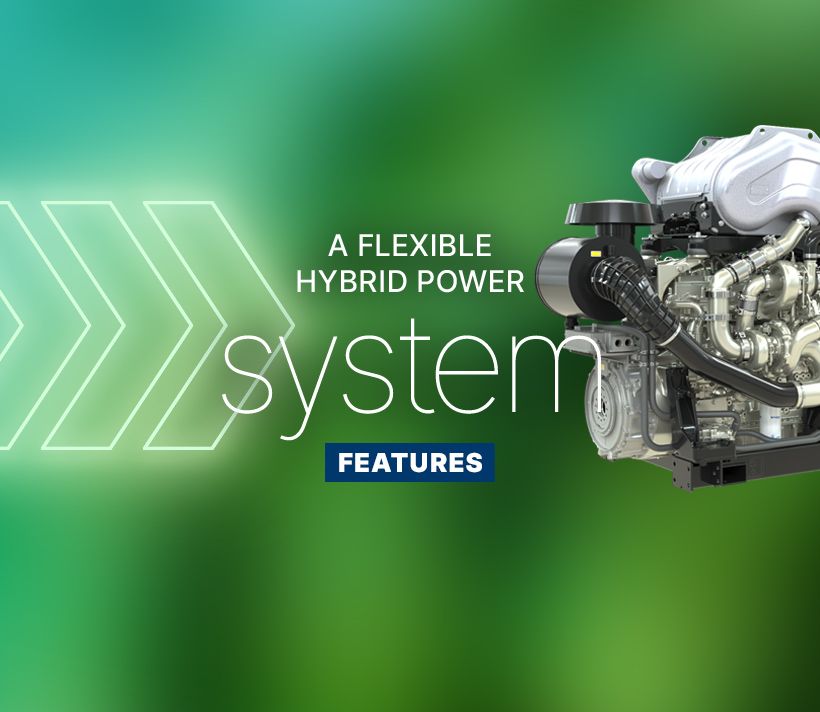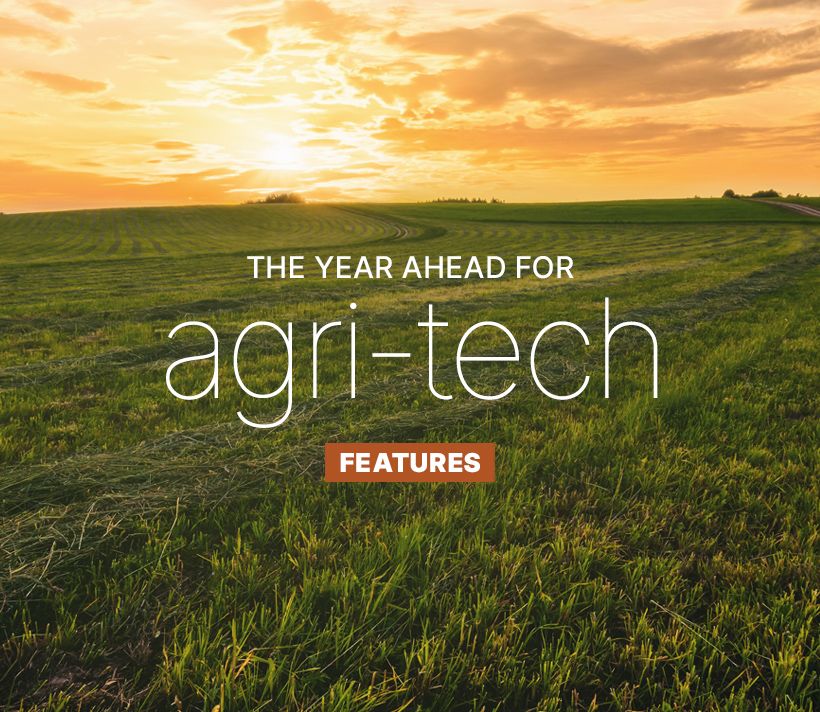Maize, rice and wheat. Wherever you are in the world, you’ve probably eaten one of these three grains within the last 24 hours, for they are the three crops on which the world relies.
Together they provide over half the world’s food calories. No matter how you cut the statistics, their dominance is undeniable: around 80 percent of the world’s population relies on those three, while rice itself feeds almost half of humanity. Add a further 12 crops and you’ve accounted for 90 percent of the human population’s food energy intake.
It’s not as if we face a dearth of suitable crops to cultivate for food. Scientists put the number of edible plant species at around 30,000. Archaeologists and palaeontologists tell us that between 6,000 and 7,000 of those have been – at some point in history – cultivated for food.
Yet despite all our advances in plant breeding, genetics, agronomy, pest and disease control, mechanisation, and more, the number of crops grown commercially has shrunk to around 170, of which we would regard just 30 as being ‘significant’.
But why does it matter?
It’s an issue that the United Nations Food and Agriculture Organization (FAO) sees as important. To understand why, the humble banana provides a helpful example.
Ubiquitous, it’s commonly regarded as the world’s favourite fruit: we munch our way through 100 billion every year. But of those exported from the tropics to the big consumers in North America and Europe, and those grown and consumed in India and China, nearly every one is of the same variety, the Cavendish. In fact, the FAO says it accounts for nearly half the world’s banana crop.
That wasn’t the case before the 1950s, when the Gros Michel was the banana of choice. Bigger and tastier than the Cavendish, it dominated the global banana trade until it was wiped out by a fungus known as Panama disease. The Cavendish, meanwhile, was immune.
Three-quarters of a century later, that’s no longer the case. Banana Fusarium Wilt Tropical Race 4, more commonly known as Panama TR4, has been described as one of the most destructive plant diseases in recorded history – and the Cavendish displays no immunity at all. Once introduced into a banana plantation, there is no cure, and the plantation faces a slow death. It cannot be eradicated from the soil, and already more than 10,000 hectares around the world have succumbed. Estimates suggest that 80 percent of global production is under threat.
Can the disease be halted? Containment is possible, through strict controls and quarantine, but it continues to spread: from its origination in SE Asia, it’s already reached Australia, the Middle East, and Africa. In 2019, it was identified in Colombia.
As the disease makes its slow but inevitable progress, plant scientists are locked in a battle to try to stay ahead of TR4’s spread, by trying to find a new banana variety resistant to TR4. We don’t know if they’ll succeed: either they will, and the world will continue to enjoy bananas, or they won’t, and we’ll lose one of our favourite food crops.
But it’s this example that demonstrates why we can’t afford to rely on a narrow selection of food crops, especially with modern varieties of wheat, rice and maize that are ever less genetically diverse. It could take just one emerging disease – a pandemic in the plant world – to put the entire world’s food security at risk.
For this reason, the FAO is encouraging the world to rediscover its forgotten, neglected, orphan or lost crops. Backed by the right policies and funding, it says, we could find new homes for these crops around the world. Nor is it just about safeguarding global agriculture and food security: many traditional crops have secured attention for their climate-resistant properties, such as resilience to flooding or droughts. They also boost human health by enriching our diets – witness quinoa, which has burst out of its South American subsistence crop origins on account of it being the only cereal to contain all the essential amino acids needed in the human diet.
So what are these lost crops? Could some of them be coming to a dinner table near you? Here’s three to keep tabs on.
Ironically, a close relative of the banana holds much promise. Almost unknown outside its native Ethiopia, the enset is often referred to as ‘false banana’. With good reason: the fruit itself is inedible. But focus instead on the roots and stems, and you have a viable crop that when harvested, can be turned into bread, porridge, and used like a potato. The leaves provide animal feed and material for thatching roofs and wrapping food, while the fibre by-product can be turned into rope, baskets and packing materials. Truly a multi-purpose crop.
Twenty million people in Ethiopia already grow it. Wild relatives of the enset are found throughout Africa, which suggests it could be cultivated more widely. It’s attractive agronomically, too: it has no set planting time, no specific harvest date, and, as a perennial, it just keeps growing.
Scientists estimate its potential as being able to feed up to 100 million people, particularly in East African countries like Kenya, Uganda and Rwanda.
Another crop that’s currently confined to a specific geographic area, fonio is very much a crop of West Africa, where it has been grown since around 5,000BC, making it Africa’s oldest native cereal crop. Highly nutritious, it’s a small-grained cereal with a big potential.
Of principal interest is its status as one of the world’s fastest-growing cereal crops: it can reach maturity in as little as six to eight weeks. Wheat can take six to eight months. This makes it suitable for raising in semi-arid areas, where rains are brief. Its short time to harvest makes it less susceptible to drought.
It’s also versatile. Like wheat, it can be used for bread, couscous and beer, and to make a form of porridge. Nutritionally, it has favourable carbohydrate and protein content, and is richer in amino acids than wheat, rice and maize.
Its biggest current drawback is its small-grained nature and inedible, making it difficult to handle mechanically. But were it to receive a breeding boost, bringing out more favourable traits such as higher yields and easier-to-remove husks, its potential can only grow. Rice processing machinery has already been adapted for fonio processing.
Once regarded by the South American Aztecs as a divine food, amaranth became a lost crop with the arrival of the Spaniards in the 16th century. Banning its cultivation and consumption – regarding the Aztecs’ worship of it as a threat to Christianity – it only survived thanks to remote pockets of cultivation remaining in the Andes and other parts of the Americas.
Amaranth found a new surge in popularity in the mid 1970s, after the US National Academy of Science named it as a crop with ‘high value and agronomic potential’. That interest has ratcheted up further in the 21st century, following observation of its climate resilience: it’s unfazed by altitude, drought, salinity, frosts and pretty much anything else nature chooses to throw at it.
Agronomically, it’s attractive way beyond its South American origins. Amaranth requires little or no irrigation, can thrive even in low-nitrogen soils, and cares little for latitude or terrain. Yield’s impressive wherever it grows, while like fonio it has a short production cycle: five to seven weeks. But its nutritional profile is what really excites organisations like the FAO.
Amaranth has more protein than wheat or corn and contains all nine essential amino acids. The plant is edible in its entirety: used as a leafy vegetable, the grain eaten whole or ground for baking, and the root eaten raw or cooked.
Taken together, it’s not surprising that amaranth’s been described as one of the most promising future crops to widen our stable of staple crops.
Lost crops are more than just a curiosity. They offer us different routes to future food security, new nutritional profiles, and more promising agronomic and environmental sustainability. They’ll require effort to bring them back into wider production, but it will be effort well spent.
And who knows, perhaps alongside the energy transition that Perkins is helping its OEMs to navigate, so too will there be a crop transition. Could the first commercial fonio harvester, for example, be powered by a Perkins hybrid power system?
Why stick to one fuel, when you can have a configurable power system?
Read morePerkins marine engines has an illustrious history. Meet the team behind the brand.
Read morePower systems, services and technologies engineered for efficiency, productivity and fuel flexibility will be on show.
Read moreDelivering dependable prime and standby solutions with the 13 litre 2606 and a 46 litre 5012.
Read morePerkins has announced a power uplift to the popular 3.6 litre variant.
Read moreWe chat to Corey Berry following the successful showings at American Rental Association (ARA) and United Rentals exhibitions.
Read moreWe headed to Malaga, Spain, to learn more and see the machine in action.
Read moreWhat might the coming months hold? Powernews does some opinion legwork, so you don’t have to.
Read moreThe Perkins marine distributor network is there to service customers of Perkins anywhere in the world.
Read moreAvailable in the second half of 2025, the 2600 Series offers excellent load acceptance, fuel efficiency and versatility.
Read moreDelivering dependable prime and standby solutions with the 13 litre 2606 and a 46 litre 5012.
Read morePerkins marine engines has an illustrious history. Meet the team behind the brand.
Read morePower systems, services and technologies engineered for efficiency, productivity and fuel flexibility will be on show.
Read moreWhy stick to one fuel, when you can have a configurable power system?
Read more








